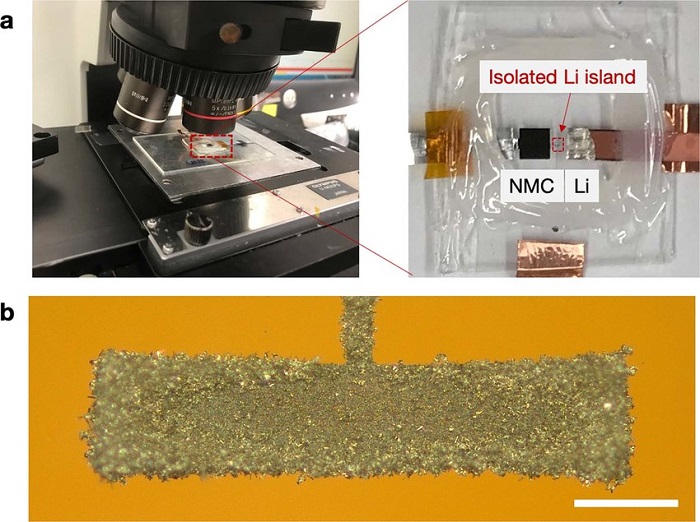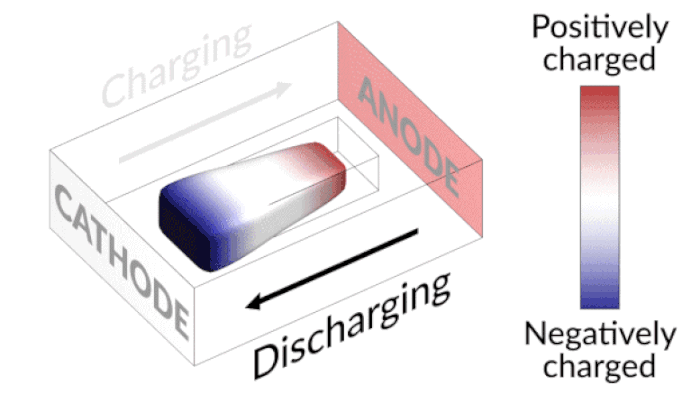Researchers at the SLAC National Accelerator Laboratory and Stanford University of the U.S. Department of energy have just introduced a method that can greatly restore the efficiency of rechargeable lithium batteries For electric vehicles and next-generation electronic devices, this means that the battery life of related products can be further extended. It is reported that after many charge discharge cycles, lithium batteries will form less active lithium islands between electrodes, thus reducing the energy storage effect of the battery.

Figure: grey National Laboratory / accelerator
The good news is that the researchers found that they were able to make the "dying" lithium Island go to one of the electrodes like a worm until it was reconnected, partially reversing the poor attenuation process.
According to the study published in the journal Nature on December 22, 2021 - by introducing this additional step, the team was able to extend the life of lithium batteries by nearly 30%.
"We are now exploring the possibility of using extremely fast discharge steps to recover the capacity loss of lithium-ion batteries back and forth," said Fang Liu, a postdoctoral researcher at Stanford University.

As shown in the figure above, but when a deactivated lithium metal island is moved to the anode (or cathode) of the battery and reconnected, it can be revived, used for charge storage and support the flow of electrons.
Moreover, SLAC and Stanford researchers found that they can promote the growth of lithium island towards the anode by applying a short-time high current discharge action immediately after the battery is charged, so as to prolong the service life of lithium battery for test by nearly 30%.
The animation below shows the principle of the experimental device and explains how the "dying" lithium Island wriggles back and forth between the Yin and Yang (red and blue) poles during the battery charge and discharge cycle.

Considering that lithium batteries have been widely used in mobile phones, laptops and electric vehicles, a large number of research teams are looking for rechargeable battery solutions with lighter weight, longer life, higher safety and faster charging speed.
One development direction is lithium metal battery, which can store more capacity and charge more efficiently under the same unit volume and weight. If popularized, the next generation of electric vehicles can occupy less weight and space, or achieve longer mileage under the same battery volume.
However, whether solid-state or lithium-ion batteries, they use positively charged lithium ions to shuttle back and forth between the poles. With the passage of time, some metal lithium will appear electrochemical inertia and form lithium islands that are no longer connected with the electrode, resulting in the loss of capacity.

For details of this study, please move to [Nature] officially published on December 22, 2021( https://www.nature.com/articles/s41586-021-04168-w ) ) Journal view.
The original title was dynamic spatial progress of isolated lithium during battery operations.